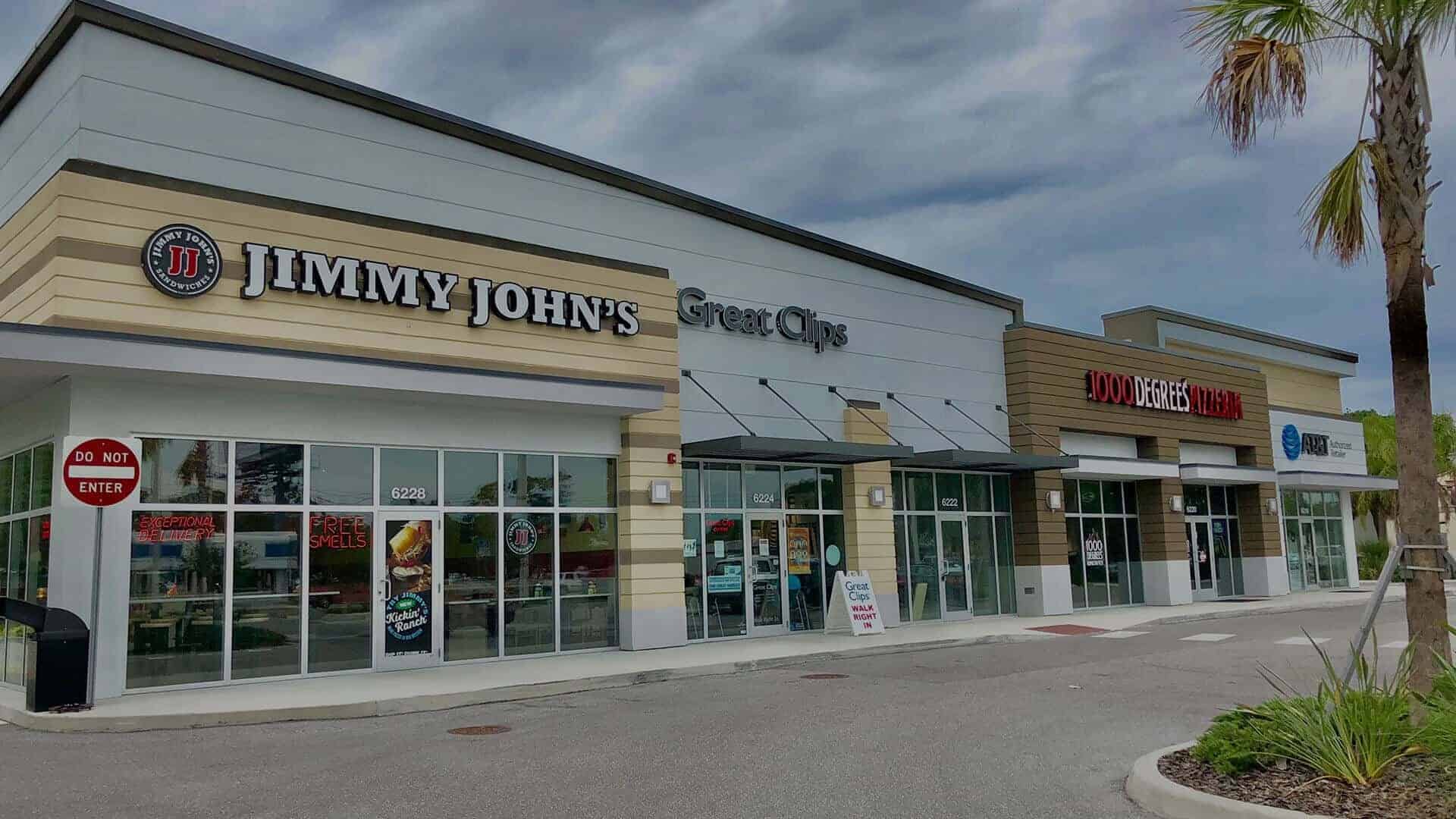As shopping centers evolve, so are parking requirements! The traditional parking ratio of 5 spaces per 1,000 sf is in many cases outdated and not does apply to every situation or commercial development. Municipalities are changing or considering changing the way that they view this requirement by understanding that traditional consumer transportation now includes multiple alternatives such as car sharing services and in the future autonomous vehicles. The existing code for parking requirements, at times, does not support or accommodate the goals of developers or in many cases the city. Parking is no longer a one size fits all component and is purely based off specific uses and the peak demand times of those uses within a shopping center development. Cities are beginning to realize that there is not a lot of science behind the arbitrary number that they have in the past made a requirement and are beginning to allow developers and shopping center owners the flexibly to respond to market demands.
The change to the way that parking is viewed is very important for all parties involved. Shopping Center Landlord’s and Retailers are embracing changes and are exploring on how to work with Municipalities to be able to drive the most traffic as shopping centers evolve. The key to this is to best understand the peak and non-peak times of the incorporated uses at the center as different uses create demand for parking needs at different times. These changes mean greater flexibility for shopping center owners and allow them a potential opportunity to carve out pad sites which directly affects bottom line boosting income and traffic to their properties.
Owner’s want to best utilize space in order to maximize value while maintaining the proper amount of parking for its customers. Autonomous Vehicles are on their way! If you are a landlord in discussions with a tenant for a 10+ year lease at this time, it may be a good idea to consider including a provision in your lease agreement to account for parking adjustments that may need to be made when that time comes.








About The Author: Jeff Dervech
More posts by Jeff Dervech